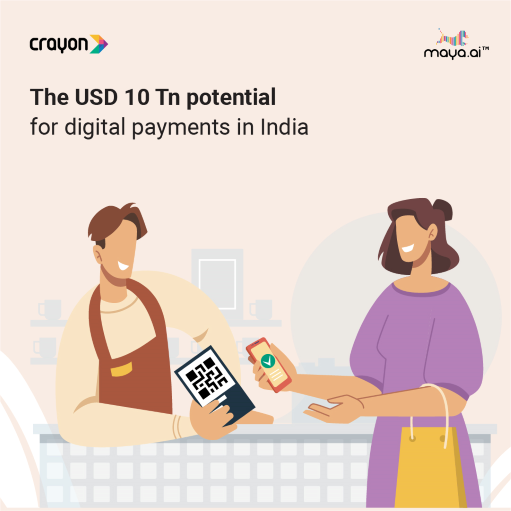In today’s world, data powers everything we do. Big Data is transforming businesses and lives. It’s no longer a futuristic proposition. It’s in the here and now!
This is a definite superpower in the financial world. Enterprises can put customer data to use, without hindering their privacy. At the same time, they can see increased revenue and customer engagement. So, for financial institutions, Data as a Service, or DaaS, can have multiple uses.
This includes getting information that can
- Give better insight about each customer
- Be used for fraud prevention
- Help optimize operations
What is DaaS
Data as a Service is used by all major sectors, including the financial industry, to source and analyze data when required. Financial institutions have adopted DaaS to manage their data. It helps them access valuable data at any time without having to compromise a customer’s privacy. Furthermore, they are able to manage and gather specific data for a particular task.
But how do these financial institutions obtain users’ data? Customers have bank accounts or credit cards and use them for various purposes almost every single day. This gives the bank valuable data based on each transaction. This data, when analyzed correctly, helps them understand customers’ lifestyle preferences, where they invest their money, and their banking choices.
In 2020, the amount of DaaS used by these financial institutions was expected to increase by 200%. The Asia Pacific region is seeing unprecedented growth in the technology sector with the use of DaaS. This will lead to growth with a CAGR of 42.65% between 2022 and 2027.
Can BFSI do without DaaS?
Technically, they could. But there’s just a few problems they might run into if they choose not to use DaaS. For instance, irrelevant services and offering will lead to plummeting customer engagement and revenue. That does not sound ideal, does it?
Here are some more ways in which resistance to DaaS is affecting enterprises today.
Legacy financial institutions don’t use existing data.
DaaS is not just the latest fad; it was studied back in 2015. At that time, the global DaaS market for the BFSI sector was valued at USD 45 Mn – the highest in the world. However, the concept of DaaS did not exist when legacy financial institutions built their core systems. For them to get on track with modern technology and innovations is a long process.
Plus, to analyze and parse the valuable data about their customers would require in-depth collaboration with trusted fintech partners. Especially due to the sensitive nature of the data they would be putting to work.
BFSI enterprises have a lot of valuable data but are unable to use it effectively.
Most BFSI enterprises can use data to increase revenue, build customer relations, and drive engagement. But it is often difficult to split business data from financial data. For instance, similar IT firms are appointed to handle both customer interaction chatbots and systems to track credits and debits. This lack of in-house solutions makes it impossible to find data to use in real-time.
Customers do not get customized services.
Customers who bank with such financial institutions do not get customized services. The lack of data analysis or the inability to use valuable data to create personalized customer experiences leads to loss of engagement. Eventually, customers feel a loss of trust and move to other service providers. The resulting loss of revenue can be drastic.
How DaaS is creating a banking revolution
The banking sector becomes more competitive with each passing day. In such a situation, using data effectively is a huge advantage. After all, who would say no to staying a step ahead of their competitors?
According to the Gartner Hype Cycle, in 2017, DaaS in financial institutions was still at an early stage. Now, it is all set to become an important part of the financial world by 2027. Data management strategy is now top of mind and top of action.
Banks now realize that they have to use existing customer loyalty and the data they are trusted with. This includes interpreting the relevant data at important times to provide personalized services.
At the same time, it’s not just about the quantity of data. It is more important to pay attention to the quality of data the bank holds and uses. Having accurate data about customers also helps the banks identify suspicious activity such as money laundering. Let’s look at a few more ways in which quality data can give BFSI enterprises a leg up.
- Lifestyle choices: There was a time when banks only offered travel-specific cards with benefits like lounge access and free flight upgrades. Now, with the help of DaaS, they are also able to recommend destinations to the customer based on their travel data.
- Real-time, relevant information: Only 18% of financial services and fintech companies believe that their risk factors are accurate. The inclusion of DaaS will ensure greater accuracy. Banks can provide travel or health insurance offers depending on transaction history.
- Personalized banking options: With predictive AI/ML models, banks can anticipate and provide customers with customized lending and financial options. They won’t have to settle for less than the best customer experience.
The build or buy conundrum
Modern day banking requires AI and Big Data solutions as part of their regular processes. It is no longer a nice-to-have but a must-have. Especially if they’re aiming for stellar customer satisfaction! Since it is not a matter of ‘if’ but ‘when’, should banking institutions be building solutions in-house or buying them?
Building the solutions would help monetize the product later by selling it to other banking firms. But, there would be constant pressure to create the system from scratch, and then to maintain it. In the initial days, it is a resource heavy and cash intensive prospect. Not to mention that customer expectations will remain unfulfilled as they lose time on research.
Buying would be much easier for an enterprise in the financial sector. Products and services that can help parse data and ensure a smooth customer journey are already in the market. Most often, these are plug-and-play solutions like maya.ai, that can help banks manage their data better.
In all, we see that DaaS is one of the best banking solutions. It can
- Help manage data at low cost
- Without exploiting customer privacy
- While increasing customer engagement and revenue
It is definitely one of the most powerful tools in today’s banking sector. If you’re in the BFSI business, are you ready to use it to your advantage?
Read more on data ingestion, data ETL strategy, finding links in data, the death of third-party cookies, and the importance of data storytelling.

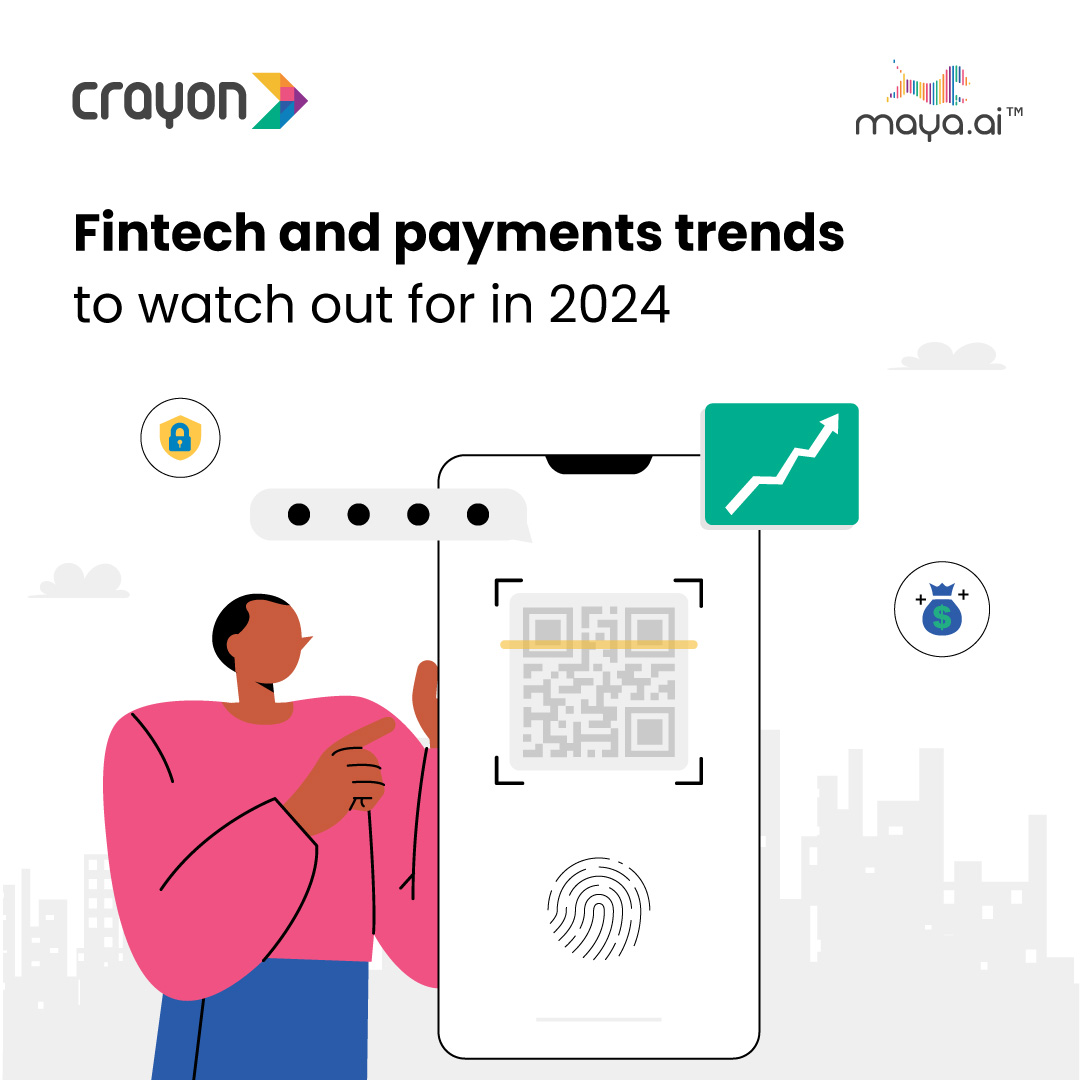
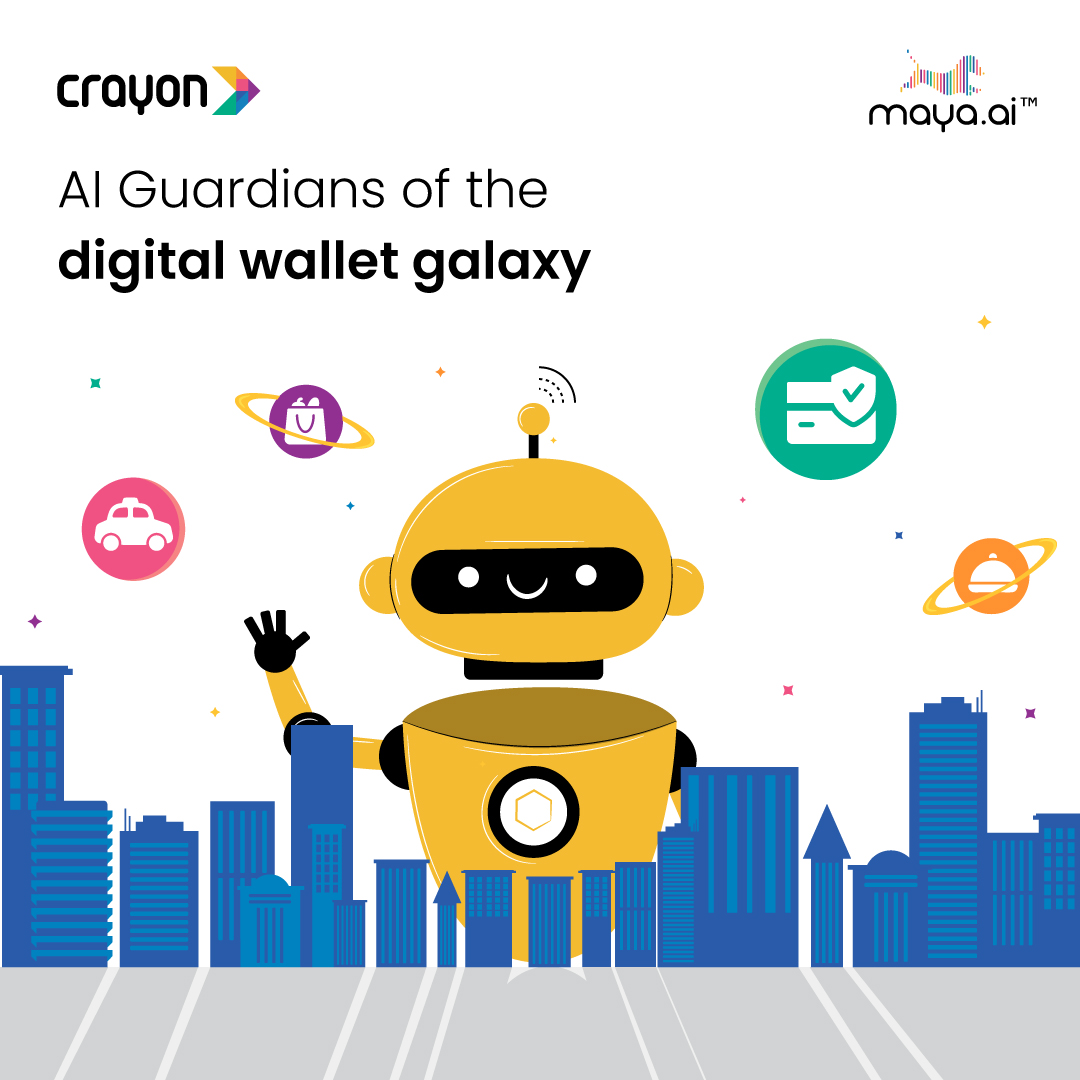
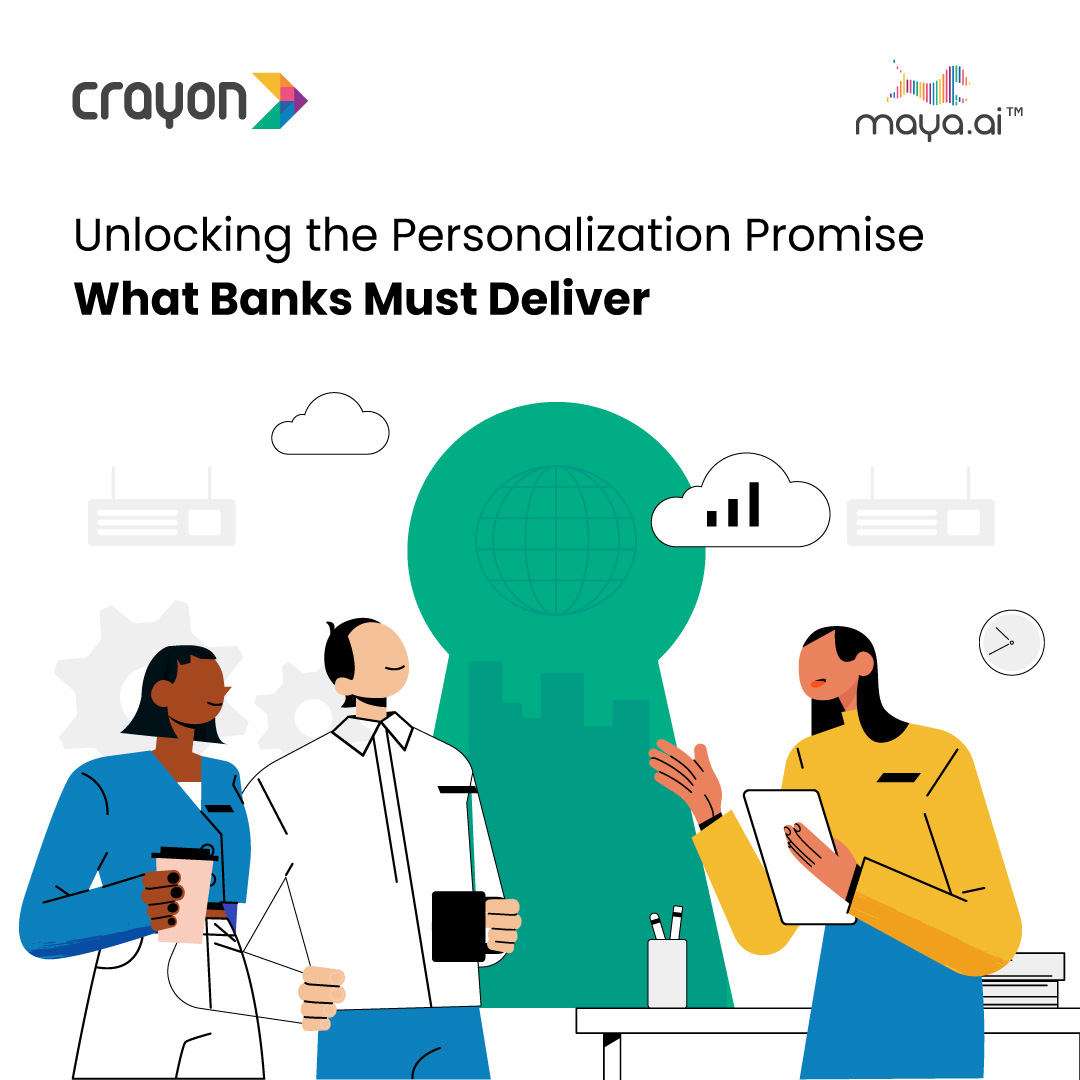




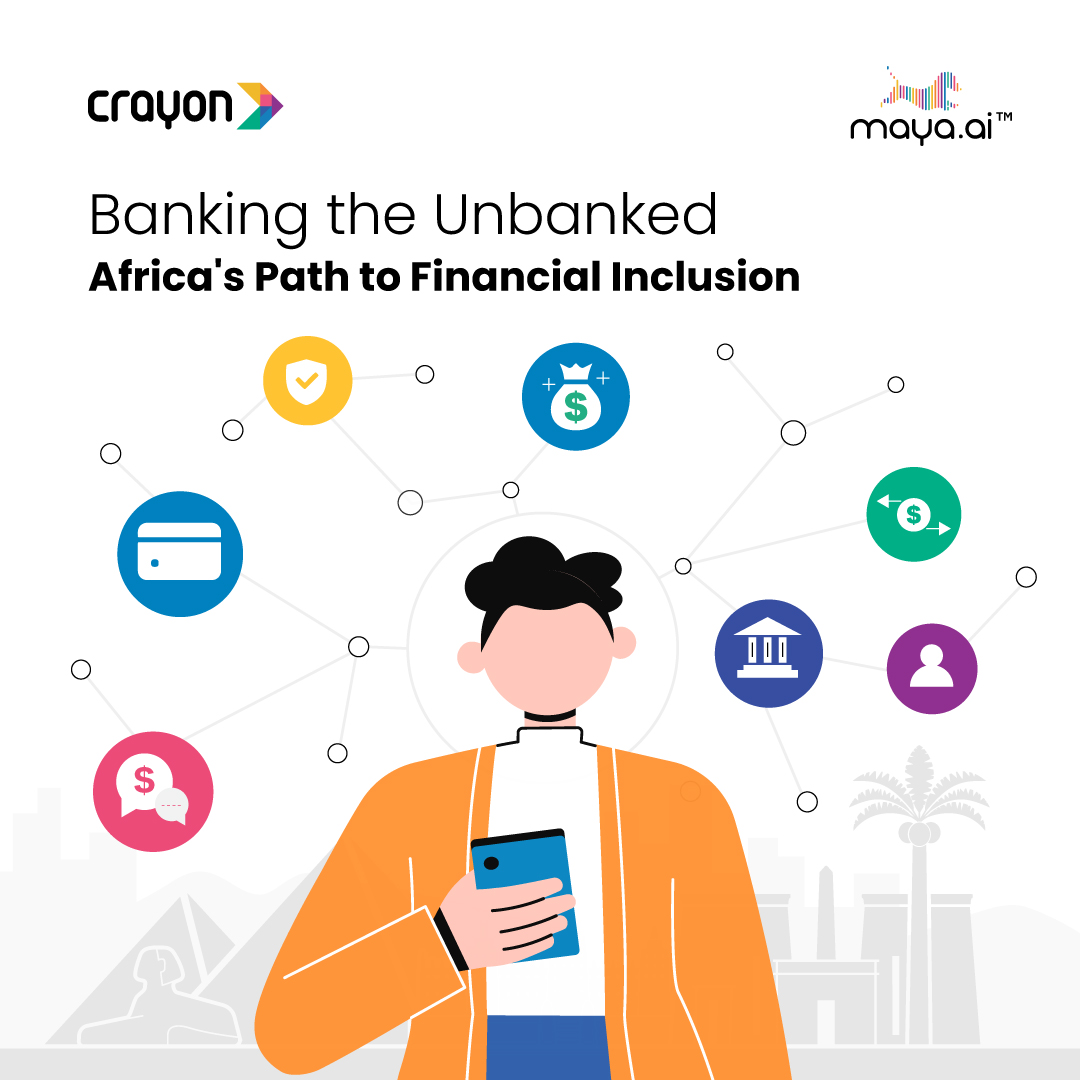

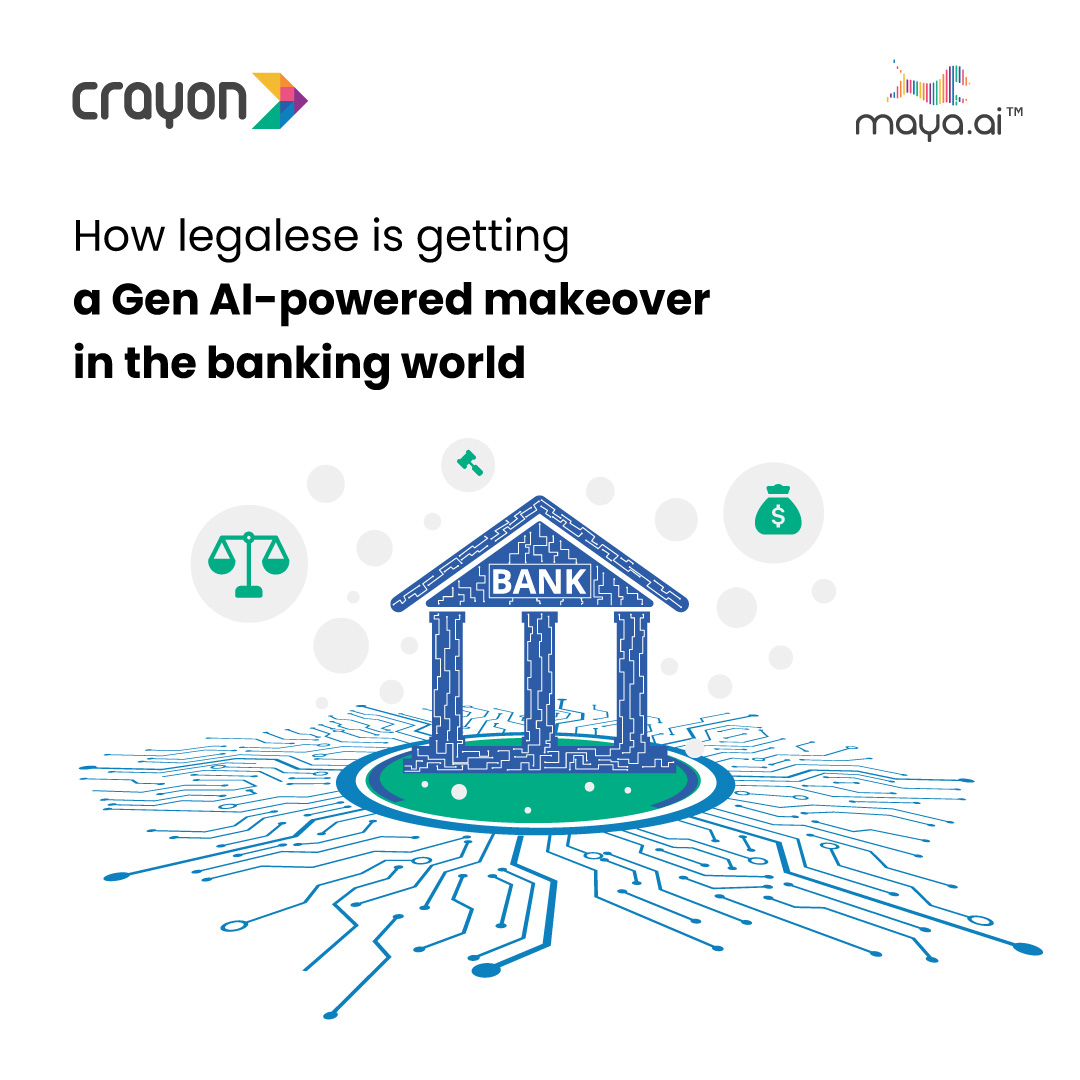

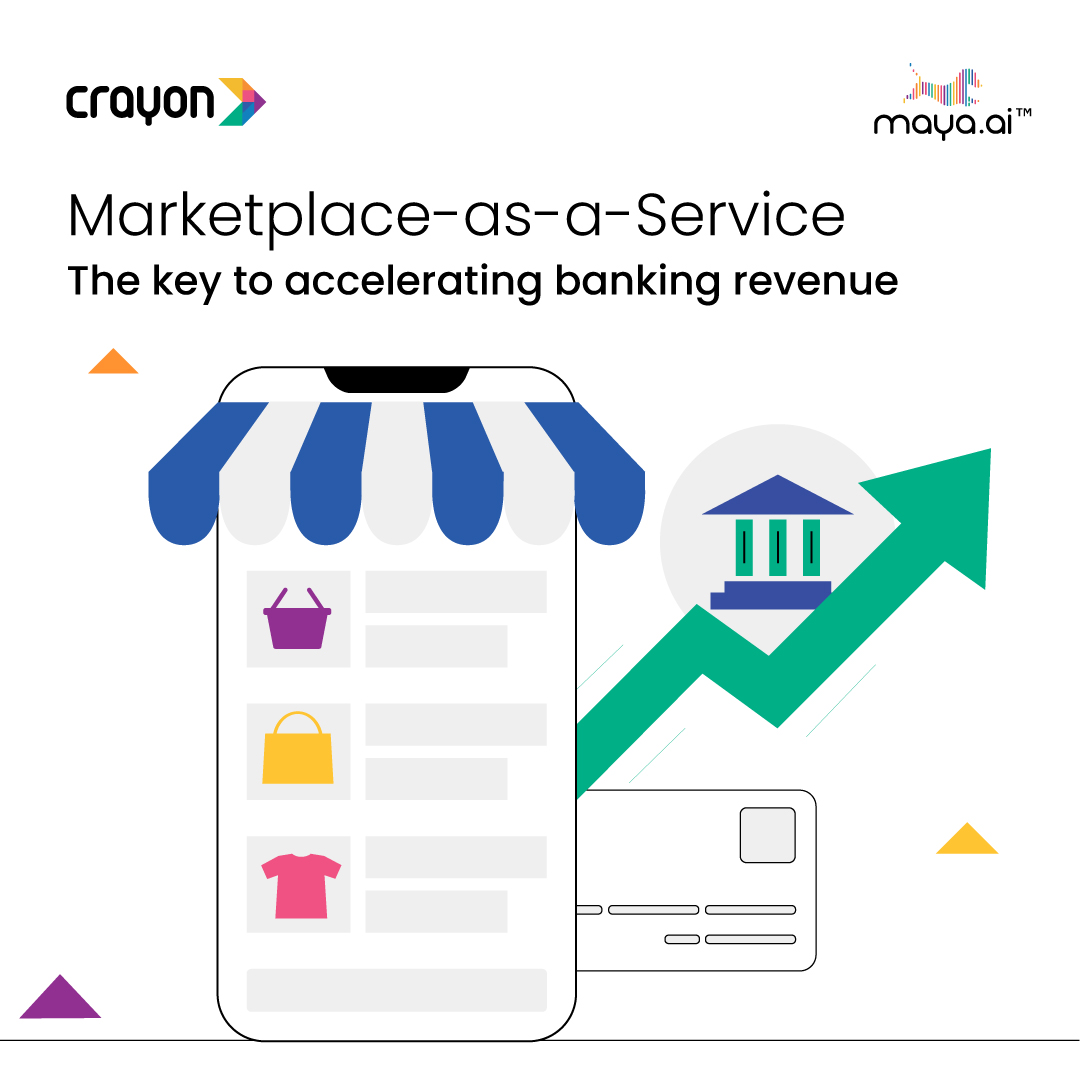


![Slaves to the Algo: AI podcast by Suresh Shankar [Season 1]](https://crayondata.ai/wp-content/uploads/2023/07/AI-podcast-by-Suresh-Shankar.jpg)
![Slaves to the Algo: an AI podcast by Suresh Shankar [Season 2]](https://crayondata.ai/wp-content/uploads/2023/08/version1uuid2953E42B-2037-40B3-B51F-4F2287986AA4modecompatiblenoloc0-1.jpeg)




